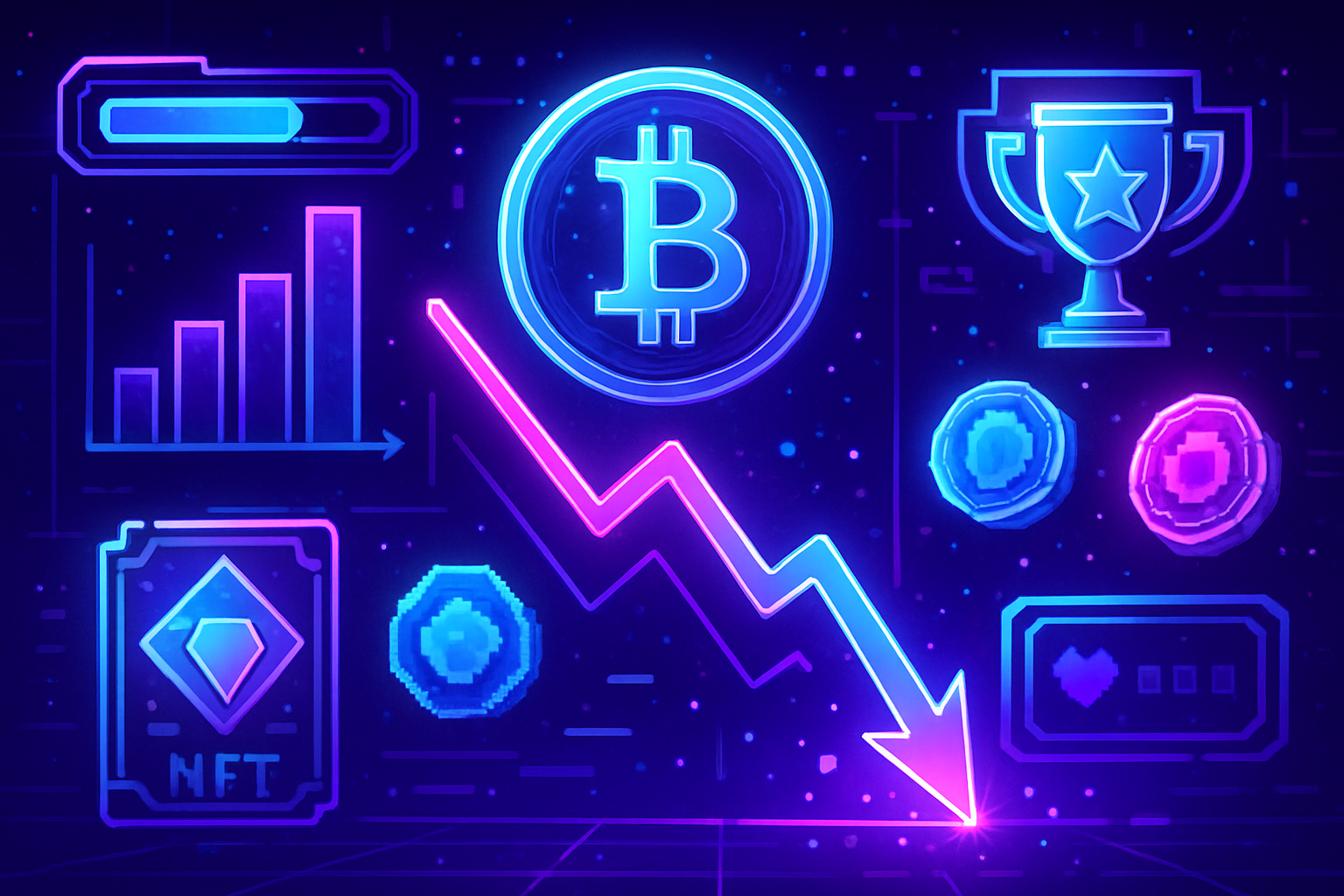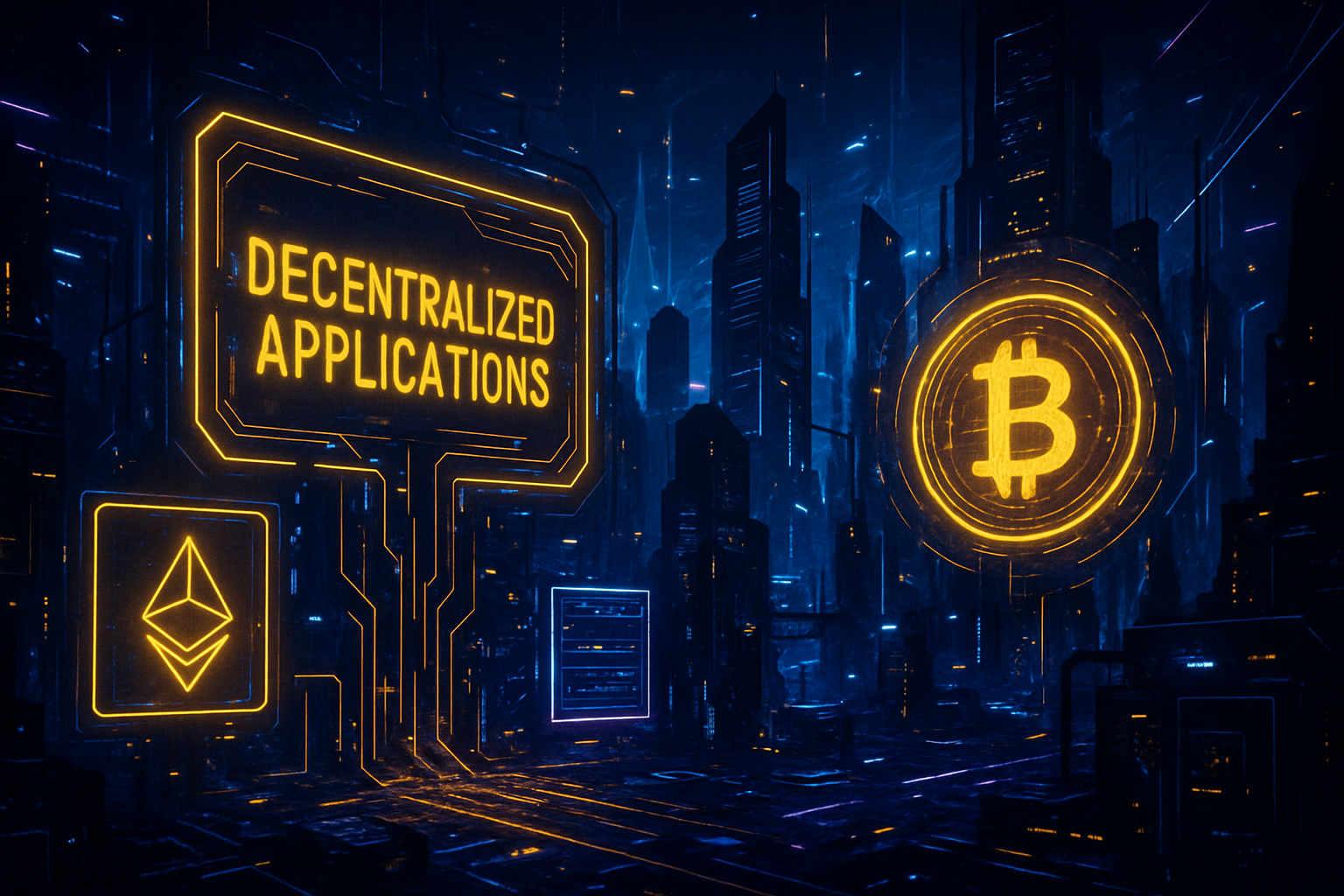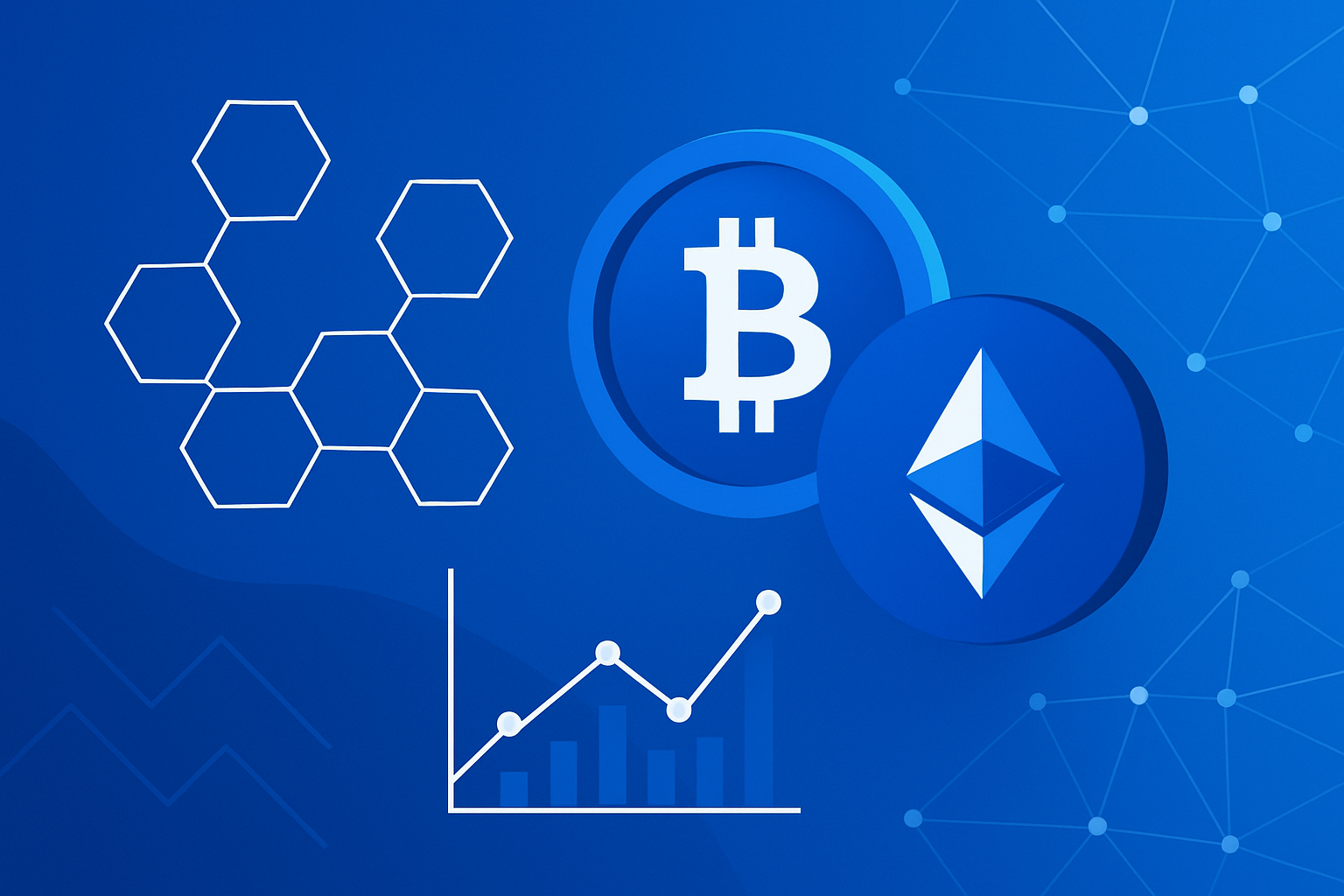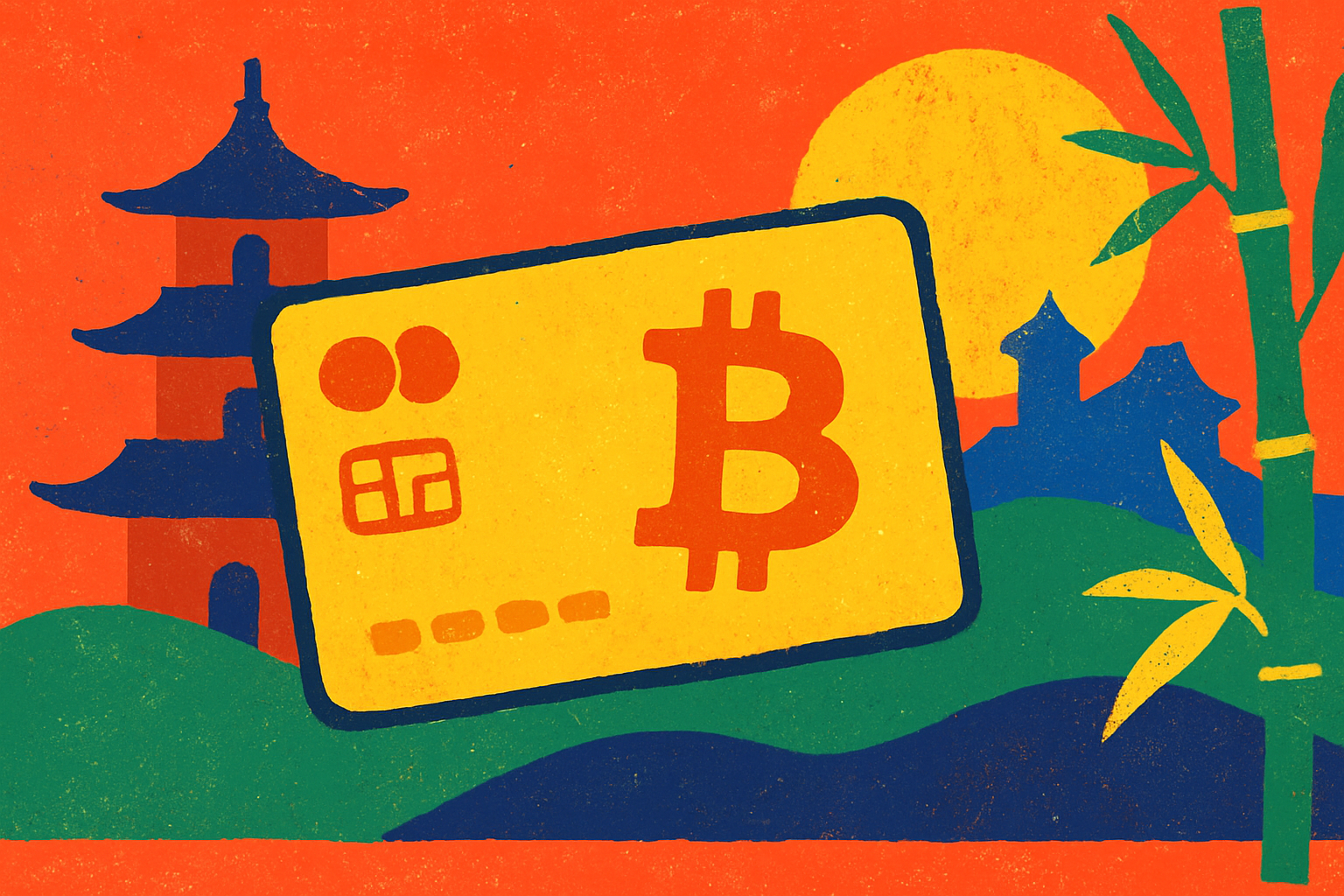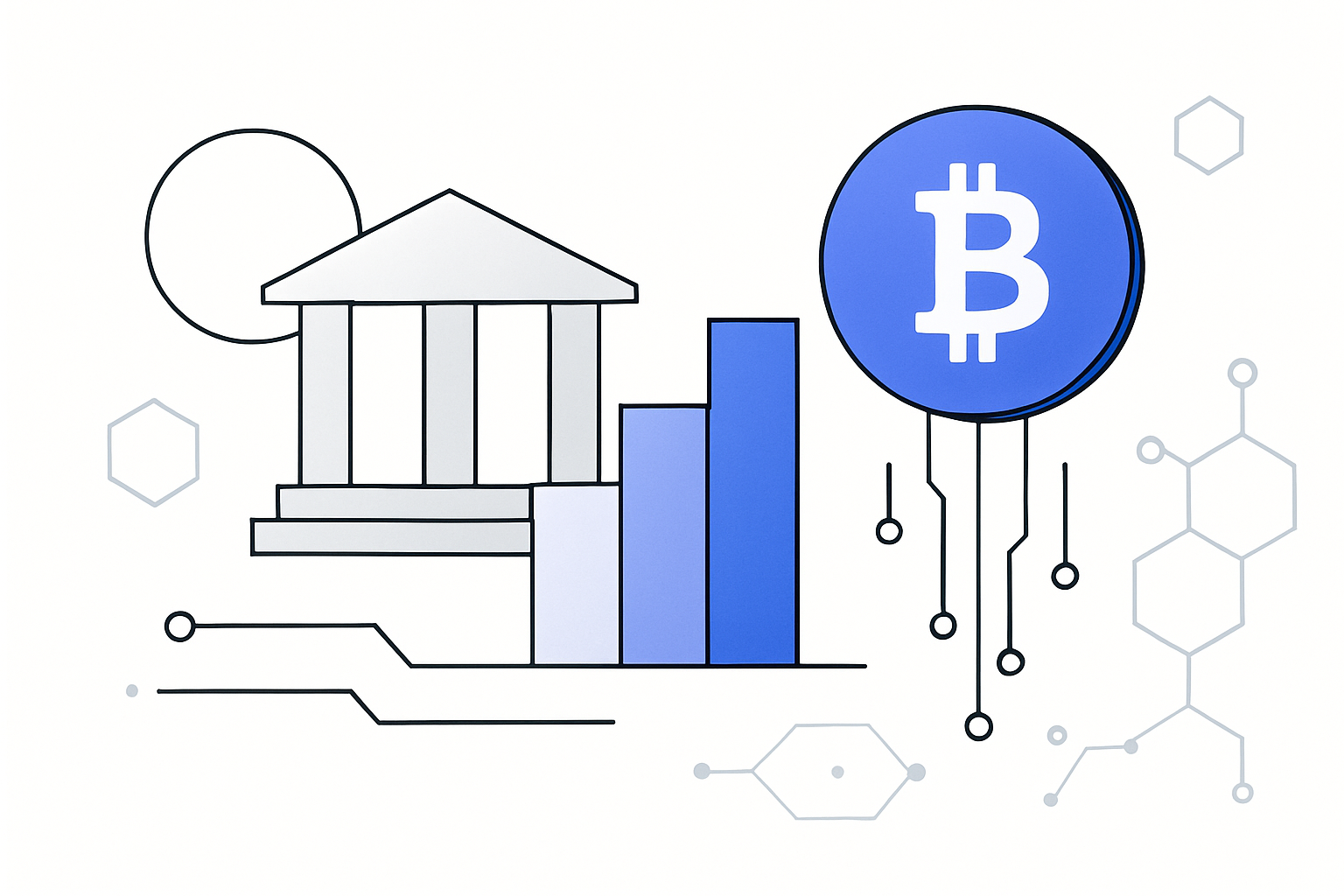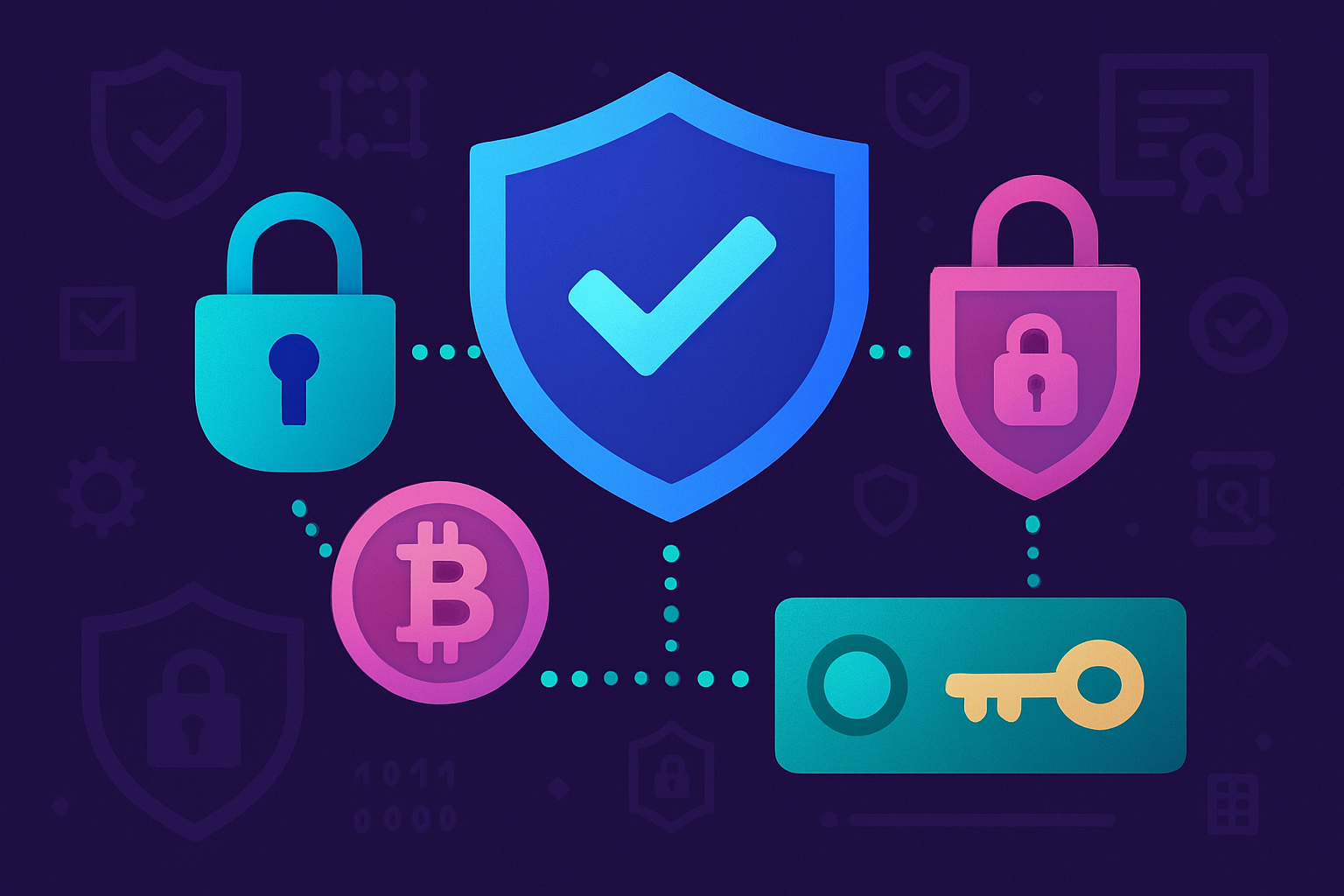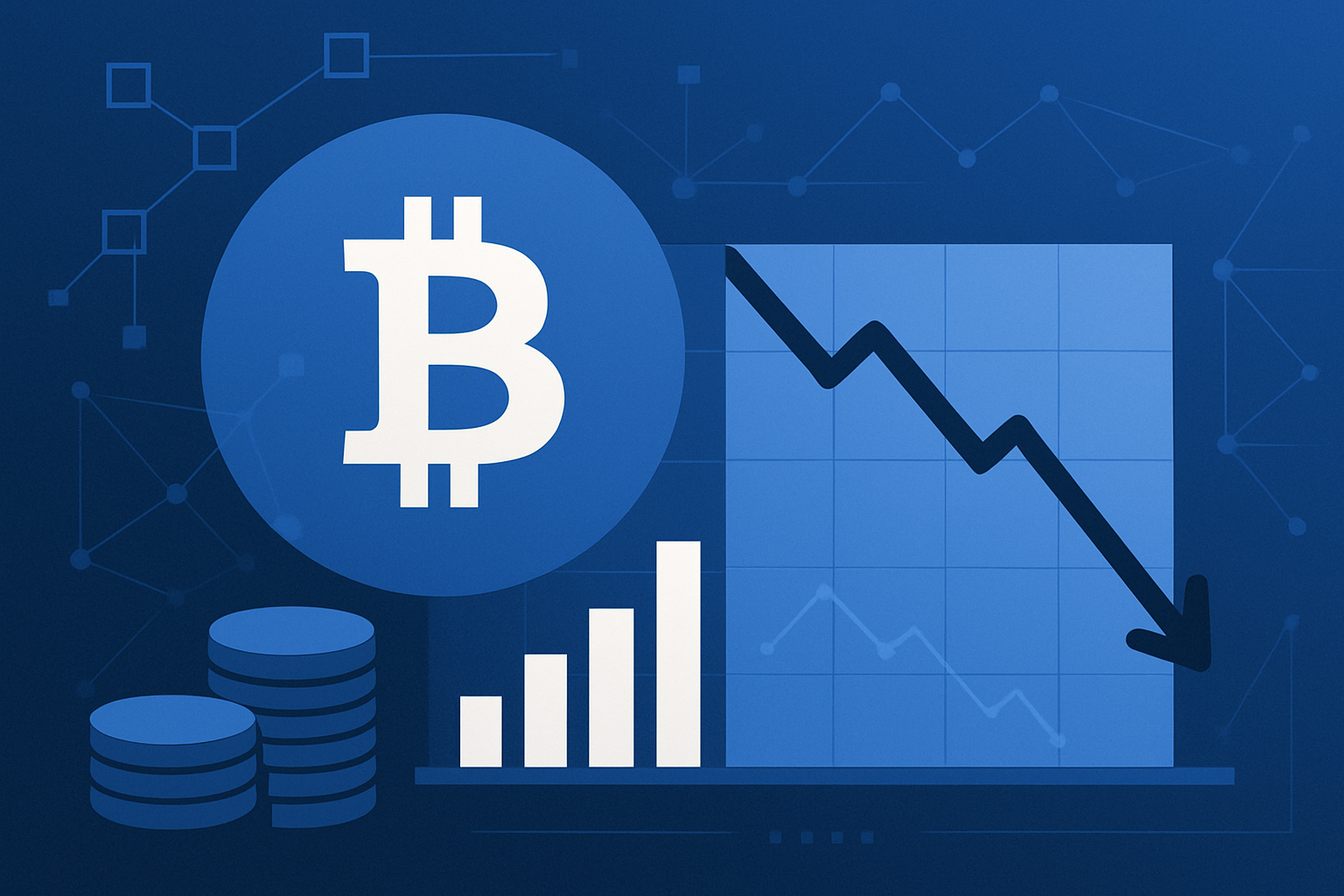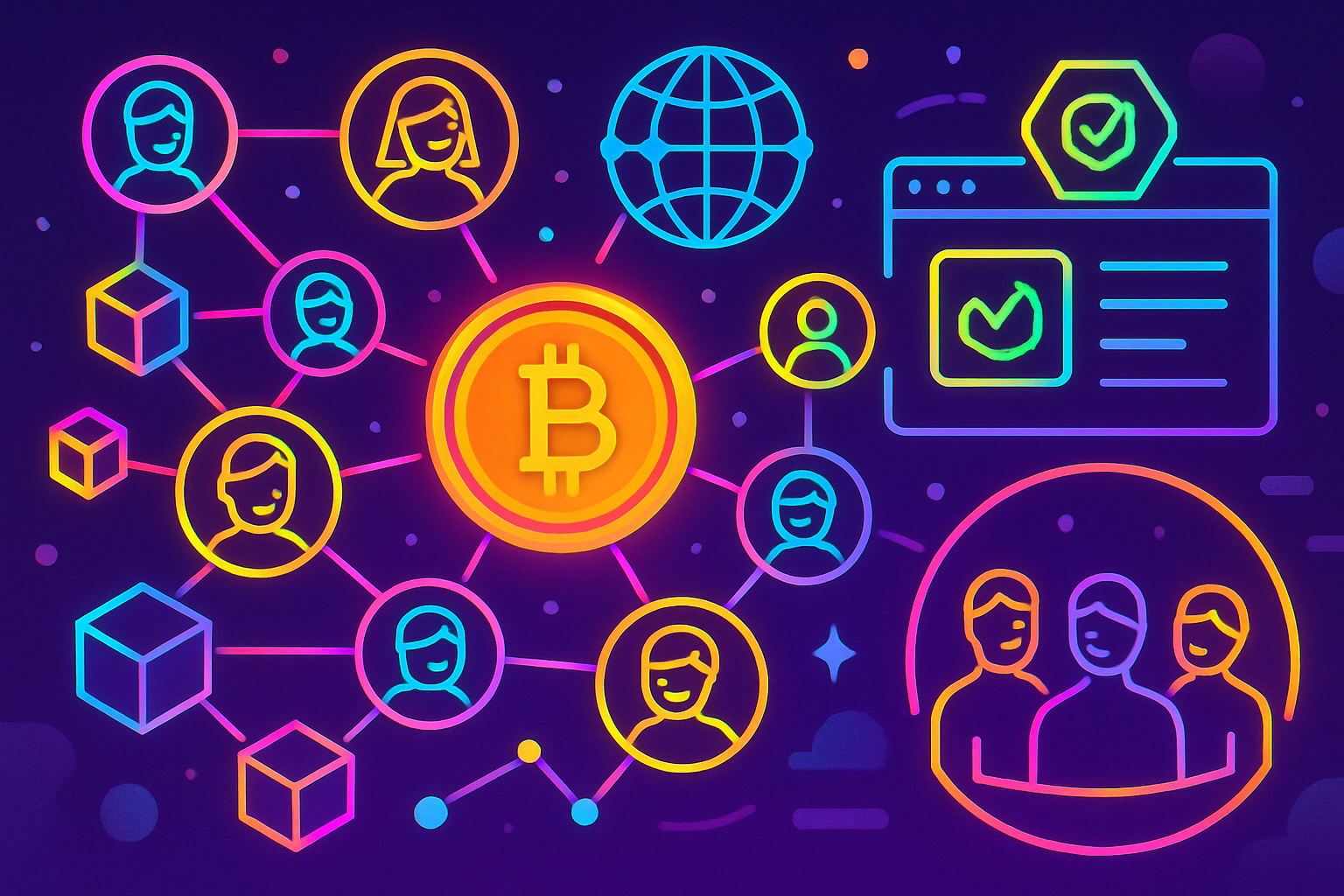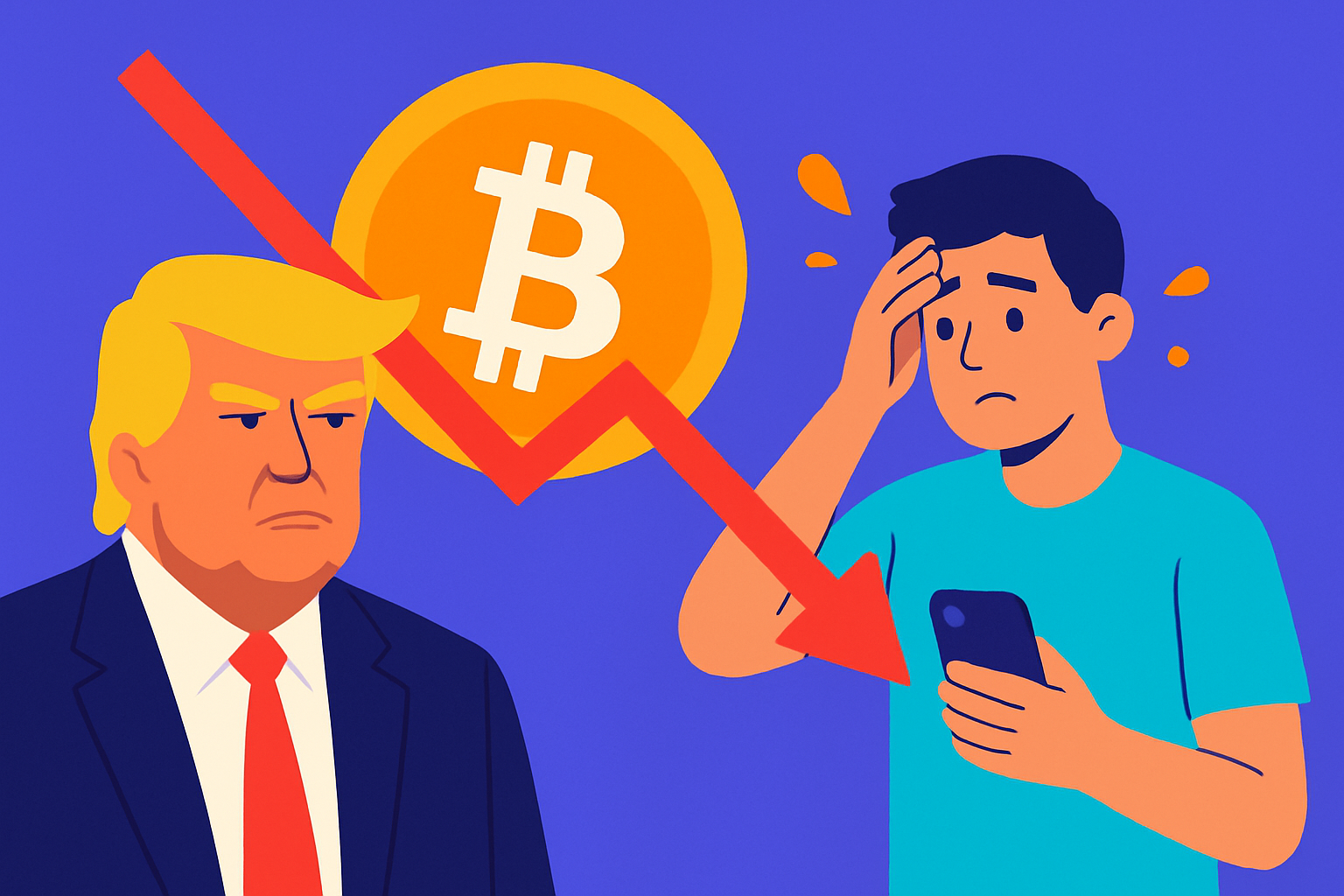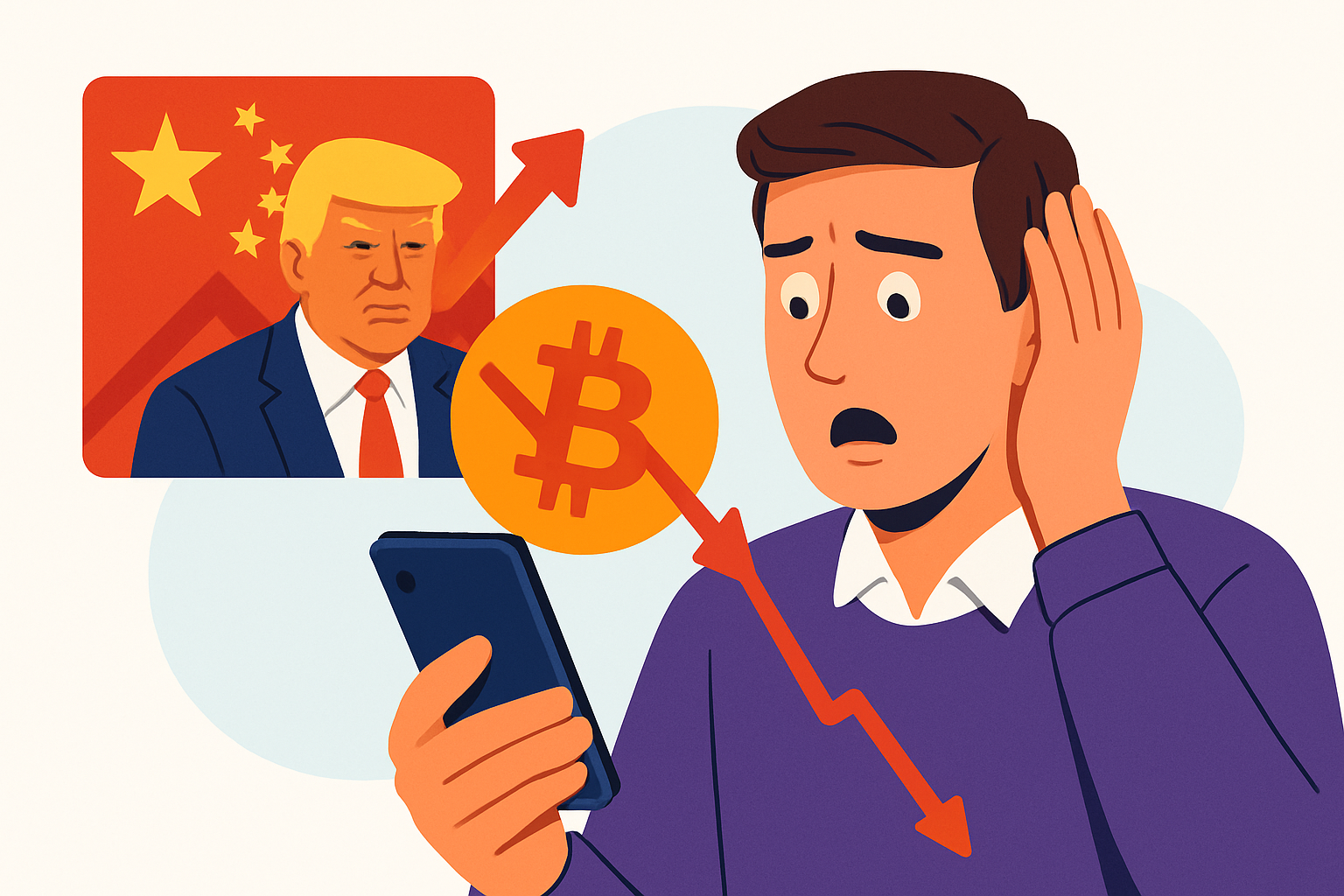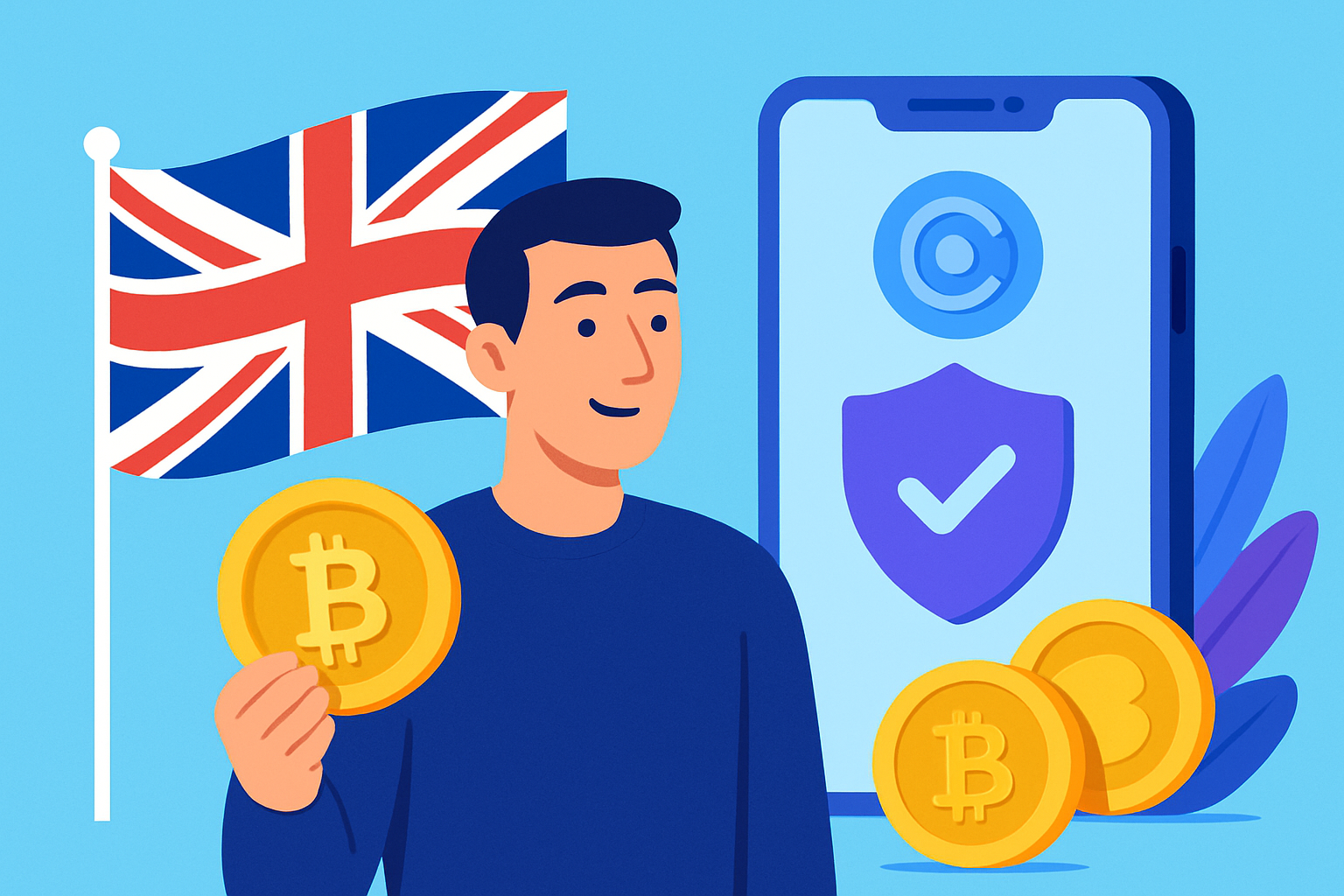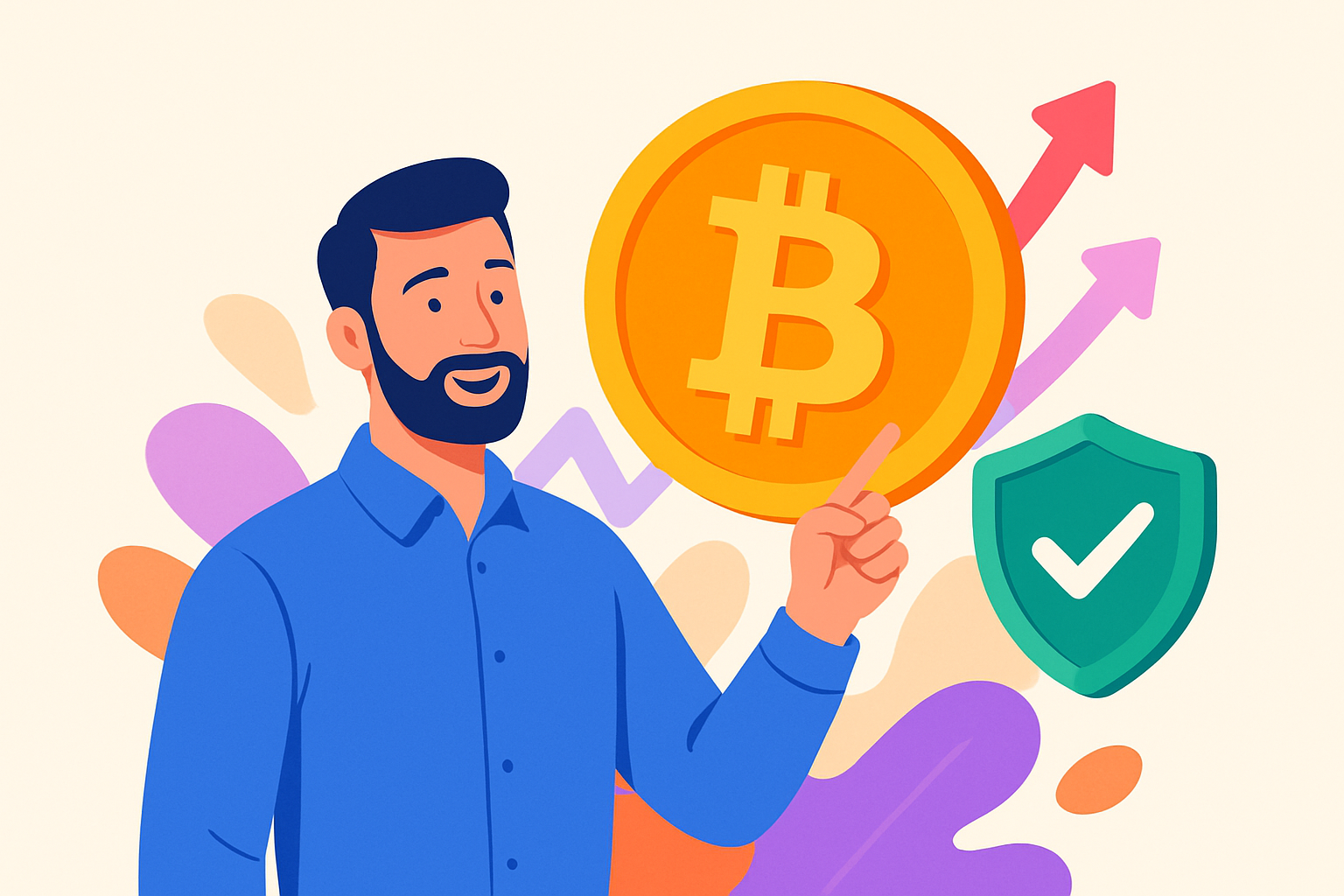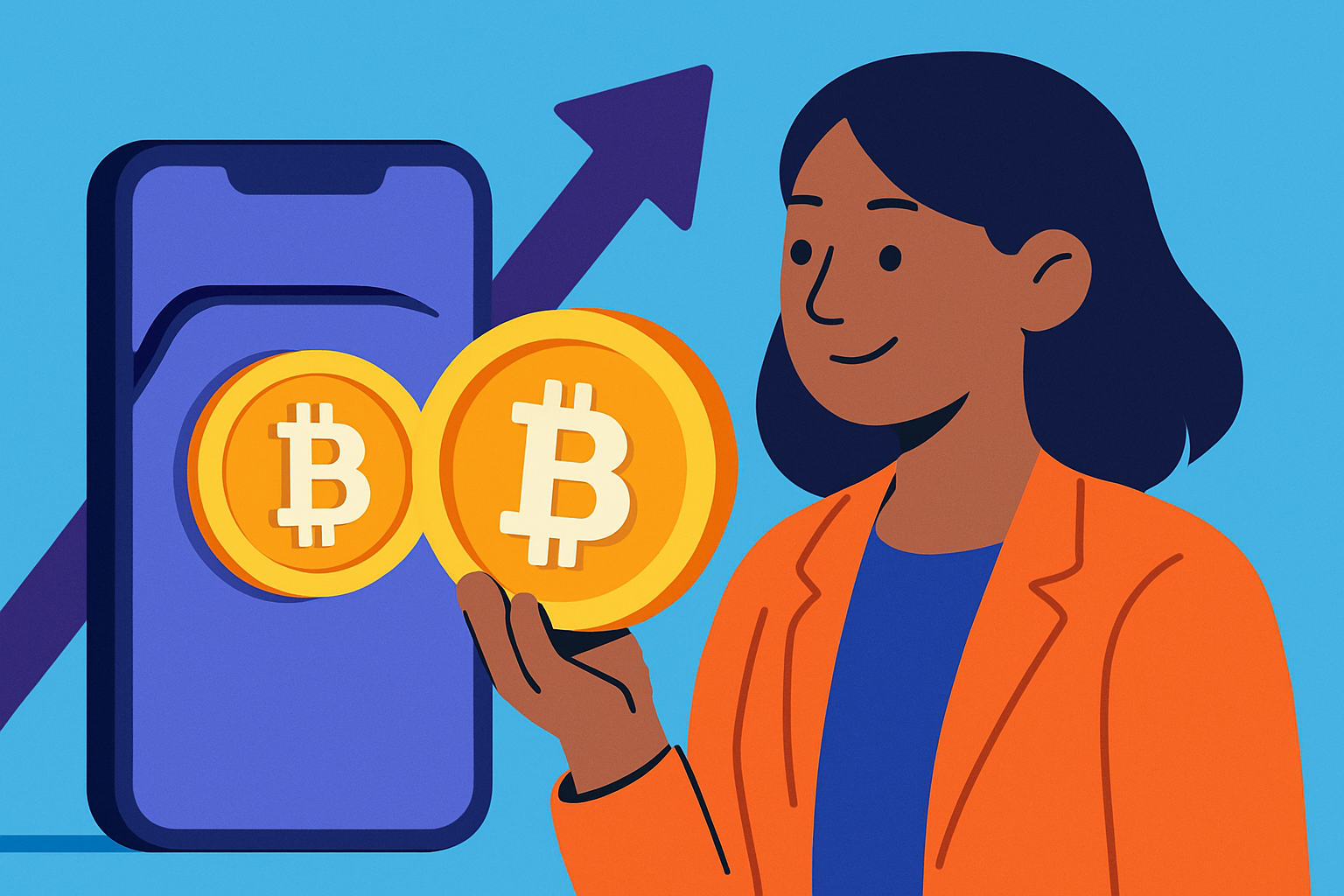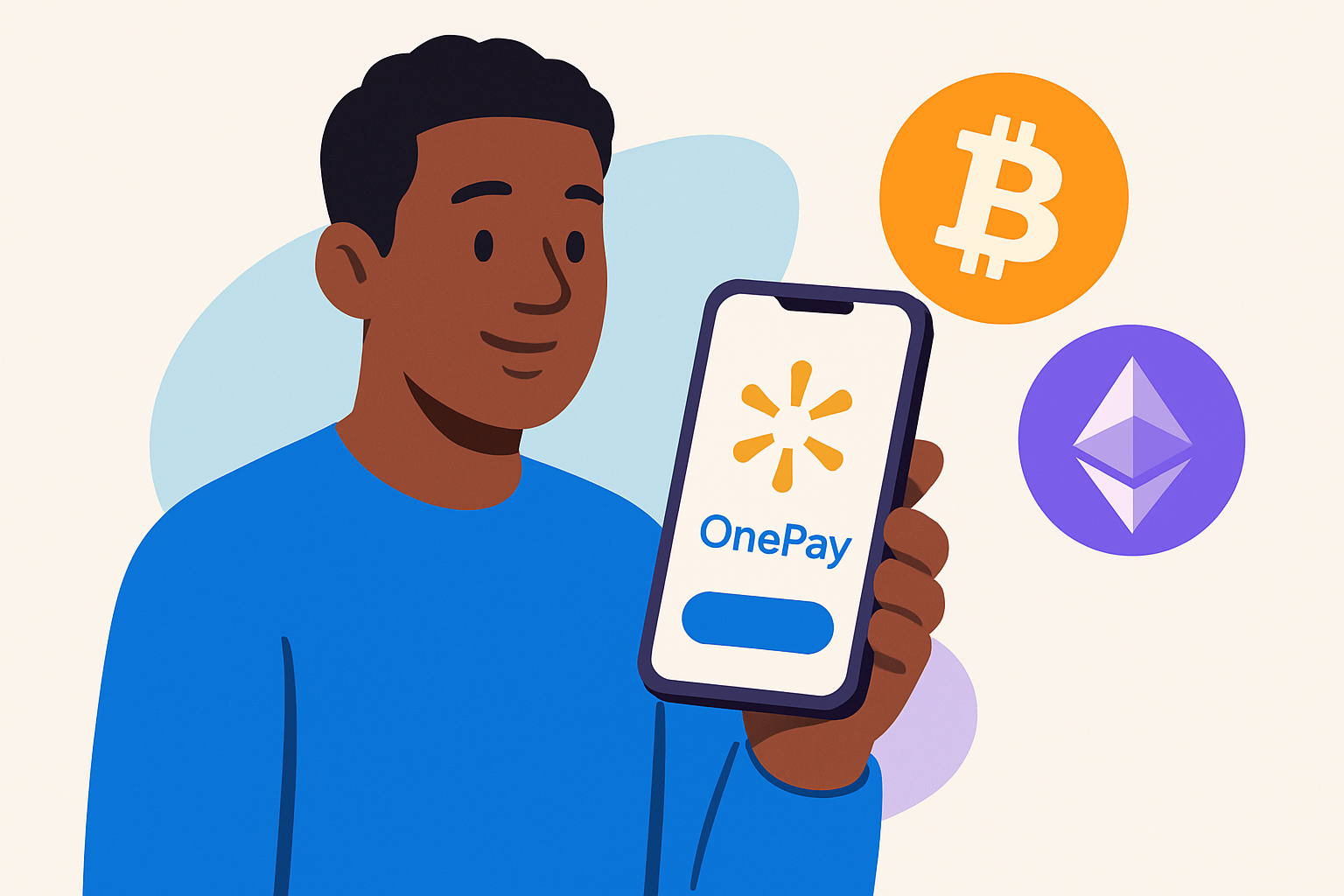Bitcoin’s price volatility is once again in the spotlight. On November 5,2025, Bitcoin (BTC) slipped below the...
Ecosystem News
Bitcoin’s climb above the $100,000 threshold in 2025 is more than just a psychological milestone, it’s a...
Stablecoins have emerged as one of the most transformative forces in digital finance, and 2025 is proving...
2025 is the year altcoin ETFs are rewriting the rules of crypto investing. If you thought Bitcoin...
In the wake of the Federal Reserve’s most recent 25-basis-point rate cut in October 2025, the cryptocurrency...
In the first half of 2025, the Trump family’s cryptocurrency earnings shattered expectations and ignited a new...
Bitcoin is once again at the center of attention as it navigates a period of intense market...
JPMorgan Chase and Co. is sending shockwaves through the financial sector with its latest move: by the...
Asia’s relationship with cash isn’t just a cultural quirk – it’s a defining feature of daily life....
Japan is moving to crack open the gates for banks to participate directly in crypto trading and...
Bitcoin is holding its ground in dramatic fashion. After a wild October flush that wiped out over...
Bitcoin’s latest price action is sending shockwaves through the crypto market. After a brutal 17% drop, Bitcoin...
Japan is making headlines in the crypto world with its decisive move to ban insider trading in...
July 2025 marked a pivotal moment for stablecoins: centralized exchanges recorded a staggering $5.7 billion net outflow...
When President Donald Trump dropped the bombshell of a 100% tariff on all Chinese imports, the shockwaves...
On October 10,2025, the global crypto landscape shifted dramatically. President Donald Trump’s announcement of a 100% tariff...
On October 8,2025, the UK’s Financial Conduct Authority (FCA) made a landmark decision to lift its four-year...
Japan’s crypto landscape is on fire in 2025, with two seismic shifts converging to shake up how...
Stablecoins are on the verge of transforming the crypto landscape, and Standard Chartered’s latest forecast is a...
Bitcoin’s historic surge has once again captured the world’s attention. On October 8,2025, Bitcoin (BTC) is trading...
Bitcoin has once again rewritten the rules of digital finance, soaring to an all-time high of $126,157.00...
Walmart is making a bold move into digital finance: its fintech arm, OnePay, is set to roll...
The UK’s renewed demand for an iCloud backdoor has sent ripples through both the tech and crypto...
The landscape of cryptocurrency adoption in Europe has shifted dramatically in 2025, and at the center of...


